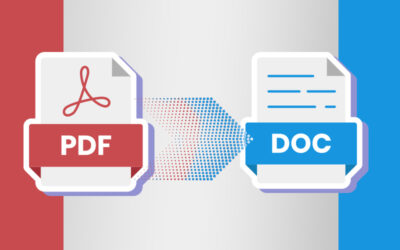 Today, technology has advanced to an extent that allows people to explore their goals of “education, study and enjoyment” in previously unimaginable ways. One such advancement, digitization allows the sharing content across a much larger and wider community than physical documents could ever support. This is especially relevant when it comes to the archival photographic, audio, and video collections in museums.
Today, technology has advanced to an extent that allows people to explore their goals of “education, study and enjoyment” in previously unimaginable ways. One such advancement, digitization allows the sharing content across a much larger and wider community than physical documents could ever support. This is especially relevant when it comes to the archival photographic, audio, and video collections in museums.
The primary goal of museums is to provide visitors with opportunities to view and access information, thereby providing and inspiring academic research and artistic creation. Museums across the world have realized that the Internet is the ideal medium to accomplish this. Over the past few years, they have been engaged in making their collections more accessible to researchers as well as the general public through scanning and conversion activities. Museums have been successful in disseminating these digitized photos and documents and many are now shifting their focus to audience participation through creation and sharing of information.
According to a recent report, the Smithsonian Institution’s Asian art museums have completed the digitization of their entire collections and plan to release the images online by the first week of 2015. This will make this hitherto unseen archived artwork collection available to public.
Benefits of Digitizing Museum Artworks
- Supports and encourages research and academic activities
- Can inspire new works of art
- Makes the collection accessible to the public
- Supports collections inventory
- Makes the collection searchable for museum staff
- Allows rapid access to materials held remotely
- Virtual reunification – allows dispersed collections to be brought together
- Support preservation – developing a digital copy of a rare or fragile original object provides access to users while saving the original from damage by handling or display
- Provides easier access to often-requested material
- Gives a better overview of a large collection, increasing public awareness of the holdings
- Digital preservation by protecting the original object from use
- Offers a means of marketing the original and/or increasing use of the original
The Freer and Sackler galleries are the first Smithsonian and the only Asian art museums to digitize and release their entire collections. The artworks at this museum number around 40,000, with more than 90 percent in high resolution. The collections are available without copyright restrictions for noncommercial use. It took almost 6,000 staff hours in the past year alone to photograph and scan the collections to digital records.
Digitization of cultural heritage materials can have tremendous benefits for education and academic research as it offers new and easier ways to access scholarly information. However, this preservation strategy can be successful only so far as it ensures the creation of digital master files according to the digitization standards, enhances the usefulness of digitized objects by proper descriptions, labeling and archiving, and assures long-term preservation of the collections. This means that such projects need to be professionally handled.



